The ninth day of Christmas is the feast day of St. Basil the Great (his feast day is also celebrated on January 1 on some liturgical calendars) and St. Gregory Nazianzen (also known as Gregory the Theologian). They were both bishops in the 4th century. St. Basil and St. Gregory attended school together and developed a friendship that ultimately shaped Christian theology. They shared a common resolve to be of service to God while leaving worldly pleasures behind. St. Basil was a powerful defender and advocate for the Nicene Creed which stands as the symbol of faith widely used in Christian liturgy to this day. He was known as a prominent and influential Christian theologian as well as for his charity and care of the poor and underprivileged. St. Basil founded several monasteries and was instrumental in the establishment of guidelines for monastic life such as focus on community living, prayer, and manual labor. He is remembered as one of the great teachers of the Church.
St. Gregory Nazianzen was also a prominent and influential Christian theologian, especially in the doctrine of the Trinitarian theology. He is also known for his great charity as he devoted most of his large inheritance to the care of the poor. He was responsible for the preservation of faith in Constantinople despite being slandered, assaulted, and having a rival Bishop attempt to take over his Diocese. When St. Gregory retired, he spent his remaining years writing. He was considered one of the finest orators of his time.
It is a tradition to bake sweet bread that has a coin in it, bless the baked bread, and serve it to the family on St. Basil’s feast day. This is sometimes referred to as the “Vasilopita” which translates to “Sweet Bread of Basil.” Tradition holds that the person who receives the coin is commissioned to preserve St. Basil’s work of helping the poor as well as to be especially blessed for the New Year. The tradition of placing coins into sweet bread dates back to the 4th century. In order to preserve the dignity of the poor so that it did not look like charity, St. Basil had coins baked into bread and then distributed. While cutting into the bread for nourishment the people then received a pleasant surprise.
On the ninth day of Christmas my true love sent to me…
Until we meet again, may Gold hold you in the palm of His hand.
~An Old Irish Blessing~
Marian McCoy Boveri
——————
Day 1: Copyright: <a href=’http://www.123rf.com/
Day 2: Copyright: <a href=’http://www.123rf.com/
Day 3: Copyright: <a href=’http://www.123rf.com/
Day 4: Copyright: <a href=’http://www.123rf.com/
Day 5: Copyright: <a href=’http://www.123rf.com/
Day 6: Copyright: <a href=’http://www.123rf.com/
Day 7: Copyright: <a href=’http://www.123rf.com/
Day 8: Copyright: <a href=’http://www.123rf.com/
Day 9: Copyright: <a href=’http://www.123rf.com/
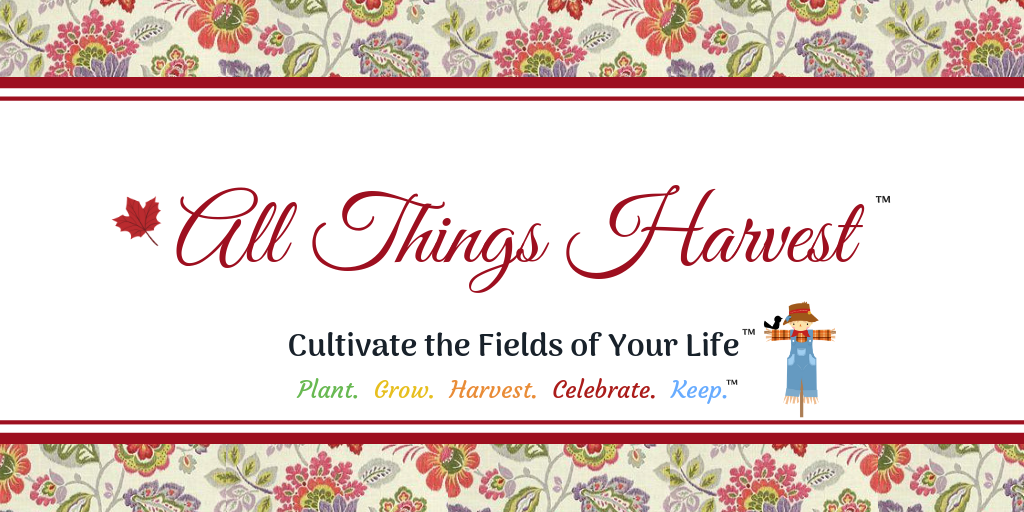
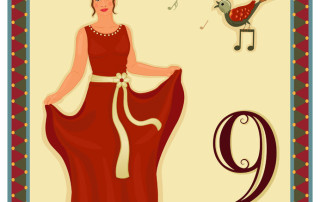










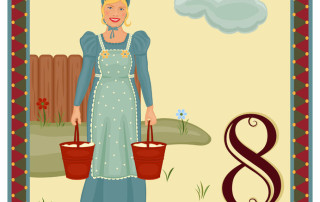
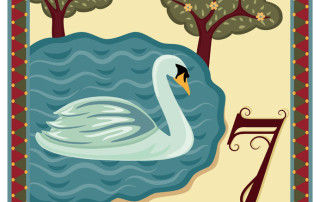

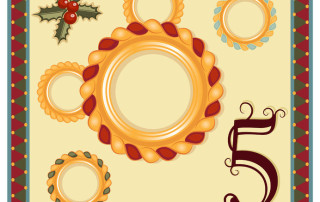
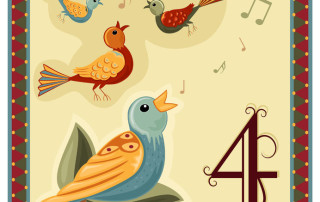
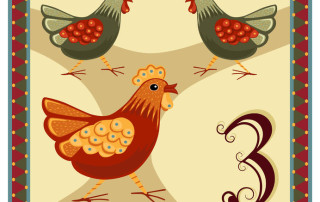
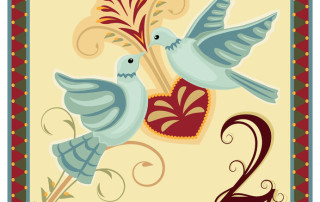
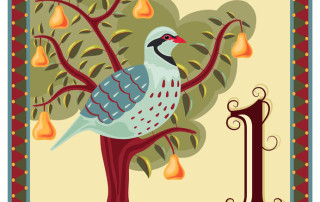


Let’s Connect
Facebook
Twitter
Google +1
LinkedIn